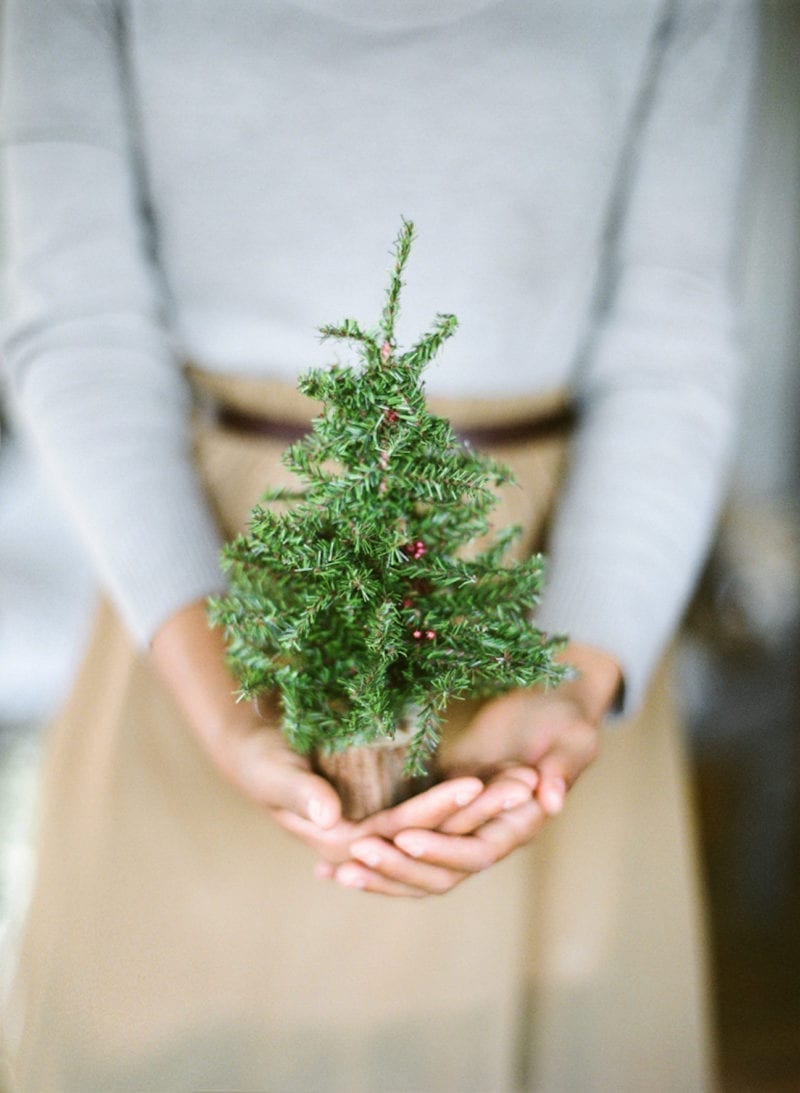I remember last Christmas, sitting in the big window of my parents home in the suburbs outside Minneapolis and watching the snow fall. I had taken a week out of work to fly out there with them and was relishing the time where I had no obligations—no more Christmas parties, get-togethers or dinners to get through.
It’s funny how the little things feel so different now. As someone who gets energy from being alone, I never thought I would miss the close proximity of strangers in a restaurant or an over-committed social schedule. However, we live in a new time that has forced everyone, no matter who you are, into new situations of deep human needs—food on the table, human connection, a moment of joy or some glimmer of hope.
Here we are in the holiday season, maybe relieved at the incoming exit signs for 2021 but also stepping into all the pressures that come with the festivities. For some, those pressures are really heavy. November and December amplify the reminders of lost family members, tight budgets or underlying loneliness. Global pandemic aside, this time in the year can be tough.
Like all difficulties in life, when the tough times feel really tough, it can bring a unique opportunity for generosity to feel all that more generous. This can also be a season where we show up for people in ways we never could have before sans gift giving. We can give what people need instead of just what they want.
This can also be a season where we show up for people in ways we never could have before sans gift giving.
Redefine intentionality.
Giving gifts in our culture is often about showcasing how well we intuitively know someone or, even more, showing how much we care by how much money we’re willing to spend. So when it comes to practical gifts—food, gas, rent, basic household things or replacing broken items—they can get a bad rep as being thoughtless and last-minute.
However, at the heart of a gift is someone wanting to be seen and valued. In a moment of life where we need a lot more, seeing someone doesn’t mean going above and beyond on a gift purchase as much as simply acknowledging they are struggling.
Seeing someone doesn’t mean going above and beyond on a gift purchase as much as simply acknowledging they are struggling.
So how do we do this? How do we do this tastefully? It starts by thinking about someone’s bigger reality. Who has lost their job this year? Who is still struggling to pay back bills or debt? Whose business took a hit? Who do you know will have to stretch their dollar to get presents for their kids?
For those people, giving what they need might just be the most thoughtful and intentional thing you could ever do for them.
Honor them in the process.
Giving around people’s needs is a tricky dynamic. We’ve all had to grin through a few awkward Christmas mornings, unraveling paper to find a Costco pack of underwear or new car mats and feeling like the people we love clearly don’t know us or care enough to put thought into a gift. Perhaps, we’ve also experienced the internal pride-kicker that can come with being gifted money for something we can’t quite afford on our own.
To know someone’s deep needs is a privilege, and if someone trusts you enough with sharing their needs, it may be your responsibility to step up to the plate. Make them feel honored, not shameful; valued, not pitied. Write a note that lets them know why you choose this gift or leave it anonymously on their doorstep. Consider what would make you feel seen and respected if you were in their position.
Define value based on their values.
None of this intentionality talk means certain gifts are off the table. Some people don’t need a gas card or grocery card but feeling seen actually means buying them a new sweater or cozy throw blanket.
This year, I decided to buy a friend a pair of candlesticks she’d been wishing for. Typically, it would be a tangible symbol of wanting to spend quality time with her but because of restrictions, the fullness of that isn’t possible. So what does it look like? Maybe it’s leaving a box on her doorstep with candlesticks, wine and a book that helps navigate some things she’s going through in life. It means an additional FaceTime date that won’t be exactly the same, but it will still have the makings of time spent together.
A little cheesy, right? It’s not meant for the average Joe. It’s meant for her. I know her well enough to know that creating an experience of quality time means more than anything I could have purchased.
Give human connection.
Our basic human needs go beyond just food and shelter—we desire, survive and thrive off of human connection. The good news is that connection doesn’t depend on quantity. We’ve all probably been in rooms filled with people (remember the days?) and yet felt completely alone. What we’re looking for in life is the quality of connection.
What we’re looking for in life is the quality of connection.
With so many cities recommending limitations on who or how many people you can see, it’s good to think beyond just our top 10 friends and think about who in your life won’t have a lot going on this year? Who relies on friends as their family? What would it look like to stop your Christmas day for 10 minutes and call one of these people? To pause your own traditions just for a minute, or an hour or an afternoon to remind someone they matter.
2020 is a season in life to meet each other in the muck—to both be the shoulder to lean on and not be afraid to lean on those when we need help. Commit to doing this season with purpose. Lean on intentionality. Prioritize gifts that speak hope and connection. Be the reminder to your neighbor, your friend and your coworker that we’re all still in this together.
In what ways can you give hope and connection this holiday season? How can you meet the people you care about most where they are at?
Image via Joy Collins-Brodt, Darling Issue No. 2










